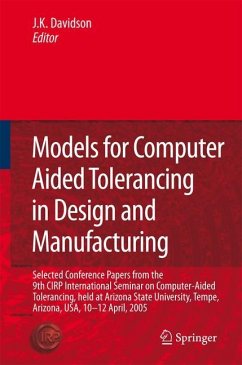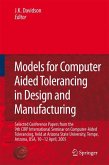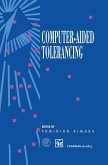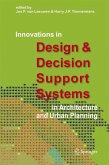Computer Aided Tolerancing (CAT) is an important topic in any field of design and production where parts move relative to one another and/or are assembled together. Geometric variations from specified dimensions and form always occur when parts are manufactured. Improvements in production systems can cause the amounts of the variations to become smaller, but their presence does not disappear. To shorten the time from concept to market of a product, it has been increasingly important to take clearances and the tolerancing of manufacturing variations into consideration right from the beginning, at the stage of design. Hence, geometric models are defined that represent both the complete array of geometric variations possible during manufacture and also the influence of geometry on the function of individual parts and on assemblies of them.
The contents of this book originate from a collection of selected papers presented at the 9th CIRP International Seminar on CAT that was held from April 10-12, 2005 at Arizona State University, USA. The CIRP (Collège International pour la Recherche en Production or International Institution for Production Engineering Research) plans this seminar every two years, and the book is one in a series of Proceedings on CAT. The book is organized into seven parts: Models for Tolerance Representation and Specification, Tolerance Analysis, Tolerance Synthesis, Computational Metrology and Verification, Tolerances in Manufacturing, Applications to Machinery, and Incorporating Elasticity in Tolerance Models.
The contents of this book originate from a collection of selected papers presented at the 9th CIRP International Seminar on CAT that was held from April 10-12, 2005 at Arizona State University, USA. The CIRP (Collège International pour la Recherche en Production or International Institution for Production Engineering Research) plans this seminar every two years, and the book is one in a series of Proceedings on CAT. The book is organized into seven parts: Models for Tolerance Representation and Specification, Tolerance Analysis, Tolerance Synthesis, Computational Metrology and Verification, Tolerances in Manufacturing, Applications to Machinery, and Incorporating Elasticity in Tolerance Models.








